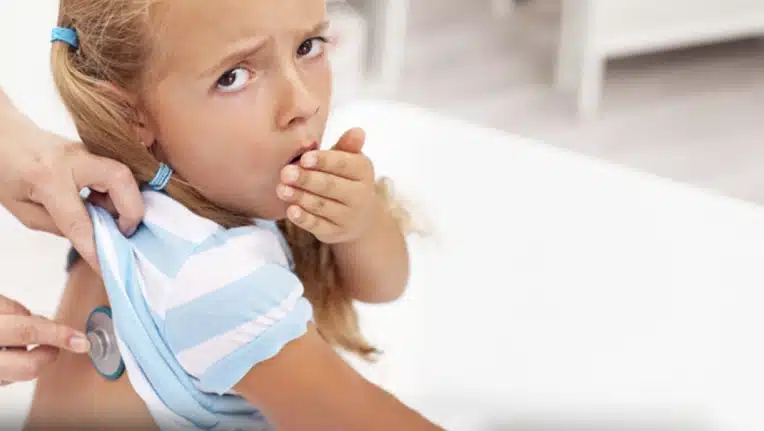Symptoms of asbestos-related illness may include a persistent, productive cough, tightness in the chest, chest pain, loss of appetite, a dry crackling sound during inhalation, unexplained weight loss, hoarseness, anemia, abdominal swelling and pain, blood clotting abnormalities, and fever. Although these are the most common symptoms associated with asbestosis, lung cancer, and mesothelioma, they can also be caused by any number of other medical conditions. If your child is experiencing these symptoms, see a doctor immediately. If you have reason to believe your child may have inhaled asbestos fibers, share these concerns with your child’s doctor.
Although these are the most common symptoms associated with asbestosis, lung cancer, and mesothelioma, they can also be caused by any number of other medical conditions. If your child is experiencing these symptoms, see a doctor immediately. If you have reason to believe your child may have inhaled asbestos fibers, share these concerns with your child’s doctor.
Children and Asbestos: Asbestos Home Exposure
In homes built prior to the 1980s, it is not uncommon for asbestos-containing materials to be found throughout the structure. Pipe insulation in particular contained a form of asbestos that is known to readily become friable (easily crumbled) when disturbed. Floor tiles, ceiling tiles, “popcorn” ceilings, drywall, and industrial adhesives used in construction all commonly contained asbestos.
If you live in an older home, consider having it inspected by an asbestos professional. Your local health department can assist you in finding a specialist who can safely take samples from any suspect materials in your home. Do not attempt to remove asbestos products or take samples yourself. Most asbestos-containing products are safe as long as they remain undisturbed and intact. In attempting to remove or sample suspect materials, you may expose yourself and your family to toxic, inhalable fibers.
Children and Asbestos: Secondary Exposure from a Loved One
Tragically, children and other family members of people exposed to asbestos in the workplace have contracted an asbestos-related illness from fibers carried home on the clothing of their loved ones. This is known as secondary asbestos exposure, and if you or a member of your household works in an industry where asbestos exposure may take place, take every precaution to ensure not only that you are not exposed, but that you do not unwittingly place your loved ones in harm’s way. Because asbestos-related illnesses take many years to develop, children of those exposed to asbestos in the workplace would not normally develop symptoms until adulthood.
Asbestos Symptoms in Kids: What Can I Do if My Child Was Exposed to Asbestos?
If you believe your child has been exposed to asbestos, take steps to prevent further exposure. Contact your local health department for a referral to an asbestos professional in your area who can evaluate your home and recommend any possible steps that may be required to remediate the problem. Although it may seem frightening to think that your home or your child’s school contains asbestos, most often risk of exposure can be managed by leaving undamaged materials alone. Do not attempt to address the problem yourself.
See a doctor immediately if you or your child develop symptoms of asbestos-related illness. If you or your family member has become ill as a result of mesothelioma, contact an experienced mesothelioma attorney in Washington or Oregon, today. With decades of experience serving victims of mesothelioma, Bergman Oslund Udo Little is here to help you. Call now for a no-cost, no-obligation consultation.



